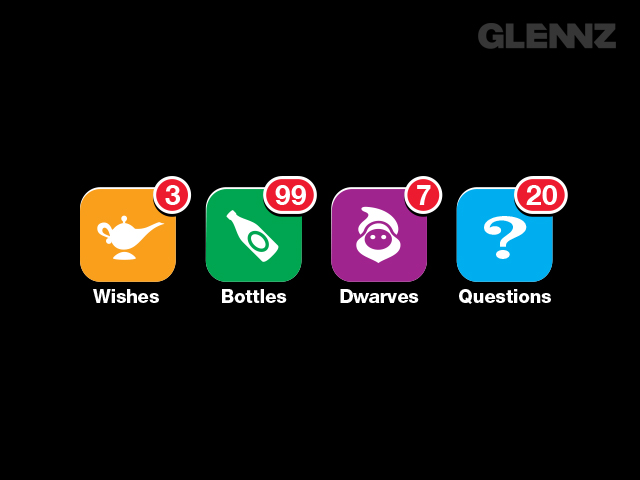Mobile phones have become the medium of choice for users to access information and buy products. Though many leading apps have garnered millions of installs worldwide, retaining users remains the key challenge in determining success. In order to survive, mobile apps must combat churn by meeting the consumer’s ever-changing expectations.
The average mobile user has begun to expect more personalized interactions with brands. This is at the crux of enhanced user engagement and retention rates, and marketers have been exploring various methods to engage and re-engage their app users. Among these, push notifications have proven to be the most powerful, owing to their ability to reach users and their (now) non-intrusive nature as compared with other channels.
Push notifications have gone through several phases of evolution in terms of content format, trigger points, and personalization scale. Each of the four major phases of evolution of the famed push notification has its pros and cons in features, some of which have been completely phased out.
If you are a beginner than learn more about push notifications and browser push notifications here.
Static push
The static push was fairly primitive, rather like the primate phase of human evolution. It couldn’t stand on its own two feet, but provided a great launching point for future evolution. An app marketer would send a push message — such as “20% off on shades this summer” — to all app users at a particular time of a day. This message sent to the entire user-base was generic, time-based, and completely un-personalized. CTR of such notifications used to be a meagre 1% or less, meaning users mostly ignored static push messages.
Segment level personalized push – text format
The next step in the evolution of push was the neanderthal stage. In this phase, user data was integrated to add the “fire” that push notifications needed. Information about app users began to play a critical role in the marketers’ efforts to understand user behavior and customize messaging. Users were segmented based on distinct personas that reflected their in-app behavior. Messaging was then customized for each segment, and an in-app event was defined as the trigger point, such as a product page view, drop off from cart, etc. CTR levels climbed a bit to about 3%, owing to a relatively greater level of customization. The fire created by user data and persona targeting reinvigorated customers looking for engagement.
User level personalized push – with product image
The next stage of evolution brings us to the upright-human equivalent of the push notification, capable of using various tools such as segmentation, which was a level deeper in personalization. Push messaging wasn’t customized to entire segments of user personas any more; instead, it was customized to each individual user. Another significant development on the content front was that, along with text, images could also be included in the push — such as of the product last viewed by each particular user. This product banner would be deep-linked to the product view in the app, and helped marketers connect with more users. CTR thus went up to an average of 8%.
Multiproduct push carousel
The latest iteration of push is likened to modern man, fully capable of accomplishing everything its predecessors could, but adding the ability to anticipate. This is the multi-product carousel. It allows push messages to feature not only the user’s last visited product, but five other recommended products as well. The push is more dynamic, as the user can scroll through the products within the push itself. Machine learning algorithms help marketers determine which five products to recommend based upon a number of parameters. At Vizury, we’ve observed incredible initial results from the multi-product push notifications sent out of our Mobile Marketing Platform, generating up to 30% CTR.
While it’s tough the say what will come next, it is clear that the mobile app is here to stay. And because of its adaptability, push is one of most compelling engagement tools. Mobile marketing automation platforms are helping app marketers make sense of user data and personalize push for better engagement and eventual transactions. There is detailed guide on rich media push notification here.
There is more to push notifications in this year with browser push notifications.

–
Disclosure: This guest post written by Chetan Kulkarni. Chetan is the Co-founder and CEO at Vizury, a growth marketing technology company. He co-founded Vizury in 2008 after realising the opportunity to bring together the power of data, technology and marketing.
He holds an MBA from the Indian Institute of Management Lucknow, India and a Bachelors of Engineering in Computer Science from National Institute of Technology, Surathkal, India.
